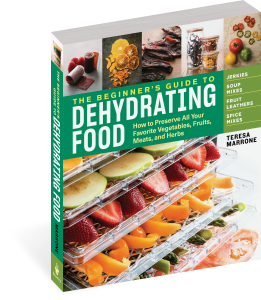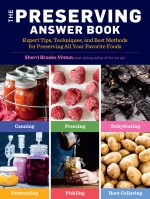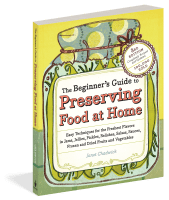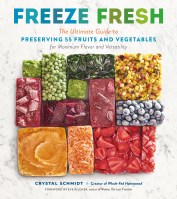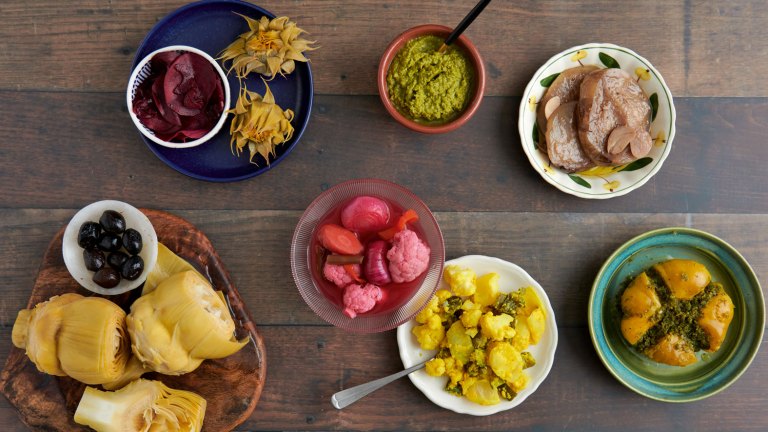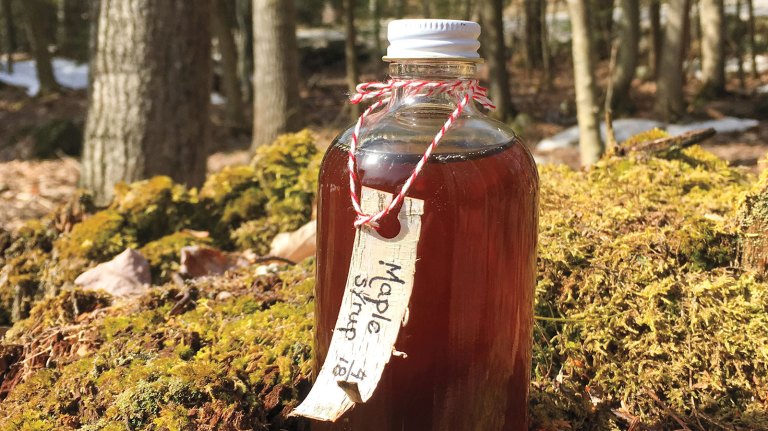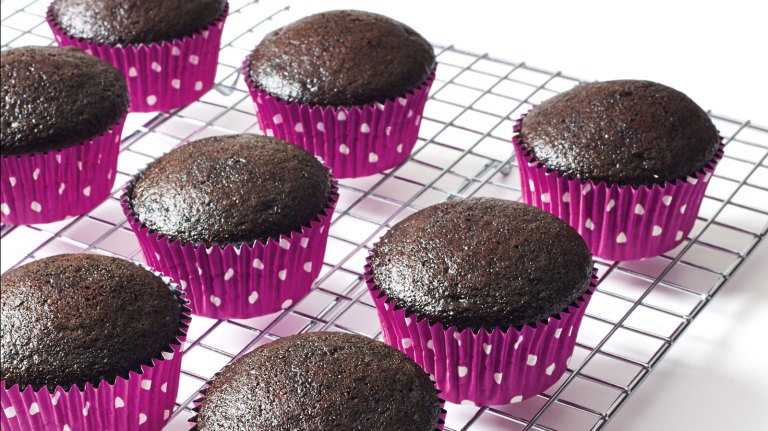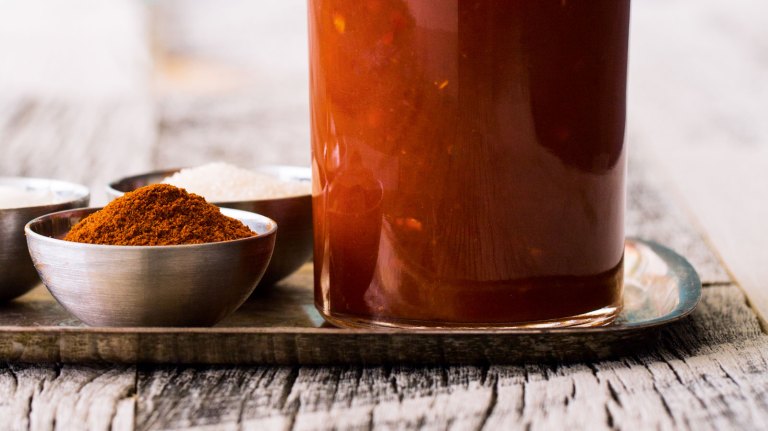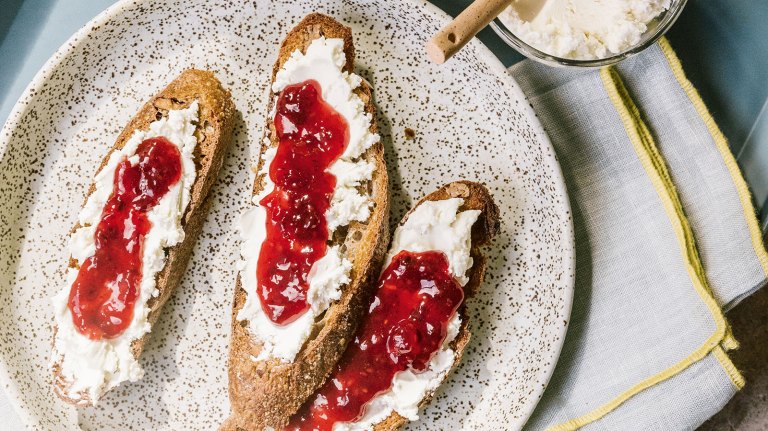How to Make Apple Fruit Leather
Pie is fine but fruit leather is better — at least when it comes to a wholesome, homemade, portable snack packed with fresh apple flavor.
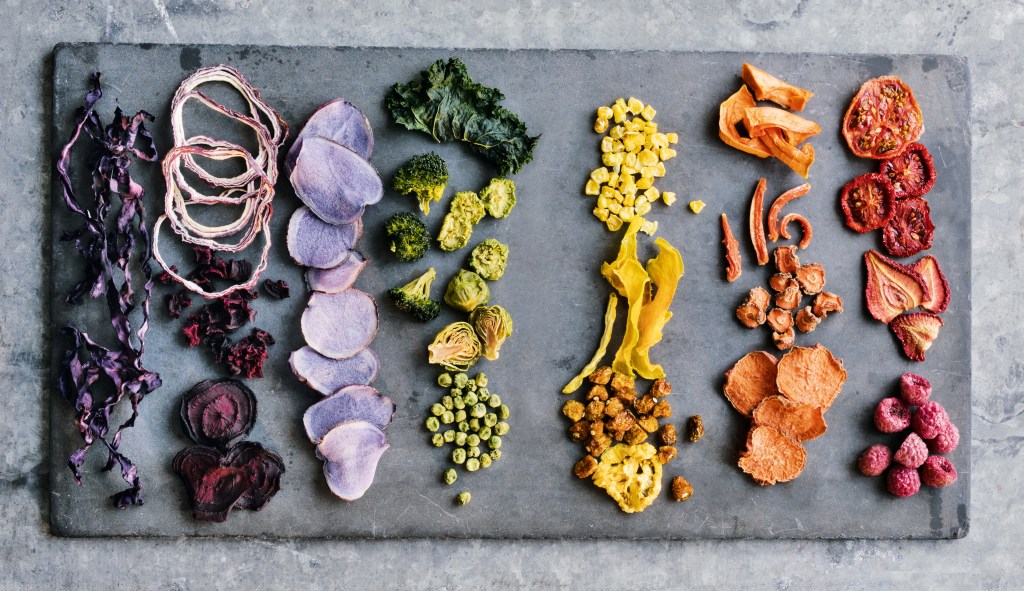
Apples are an excellent choice for dehydrating and are particularly good for beginners to experiment with. Slices, rings, and chunks are tasty (and can also be candied). Fruit leathers made from apples, alone or in combination with other fruits are delicious.
The basic concept of leathers is simple. Fruits or vegetables are puréed, spread on a solid sheet, and dehydrated until most of the moisture has been removed and the purée turns into a flexible leathery sheet. Fruit leathers may be softened in water and used as a pie filling, as a dessert topping for ice cream or pudding, or as a flavoring for yogurt. Children and adults alike enjoy fruit leathers as a wonderful, more healthful alternative to candy.
Equipment
The directions below are for making apple leather using a manufactured or home-built dehydrator or a convection oven; a target temperature of 135°F is recommended. If using a non-convection oven, or if you live in an area where sun-drying is an option, see my book The Beginner’s Guide to Making and Using Dried Foods for complete instructions.
No matter what equipment you use, ventilation is essential for preparing leathers. For this reason, don’t bother with cheap manufactured dehydrators that lack a fan. Box-style dehydrators are more efficient for making leathers than stackable-tray models. In a stackable-tray model the air blows vertically through a central hole. Although well-designed stackable models provide ventilation around the sides of the trays as well as through the middle, a good bit of the vertical airflow is interrupted by the solid sheets required for spreading puréed fruit for drying. In contrast, the air in a box-style dehydrator blows sideways across the trays, providing even ventilation to all trays. (Also keep in mind that leathers prepared in a stackable-tray model will have a hole in the middle, while those prepared in box-style dehydrators will be solid in the middle.)
For apple leather, any of the following pieces of kitchen equipment will do nicely.
- A blender works great for apples. You may need to add a little liquid to loosen the mixture, particularly if blending raw fruit. You may also blend in flavorings such as vanilla extract or cinnamon, or liquid sugar such as honey or maple syrup (see recipes that follow). The purée may not be completely smooth and even.
- A food mill produces smooth purée. On the down side, food mills are bulky to store and a nuisance to clean.
- A wire-mesh strainer can be used for soft-cooked fruits. Place the strainer over a bowl, add the cut-up fruit, and stir vigorously with a wooden spoon or rubber spatula to force the flesh through. Be sure to scrape the outside (bottom) of the strainer to collect the purée that may be adhered there. The purée will be very smooth.
And last but not least (this one’s not optional), solid sheets to hold the purée are necessary no matter what method of drying you use. Manufactured dehydrators have special solid liner sheets made specifically for each model; some dehydrators come with a few solid liner sheets, while with other models, you must purchase them. Some sheets work fine as is and will release the finished leather with no problems, but others should be coated lightly with cooking spray to make removal of the leather easier; try a small batch of leather to see how yours perform. If you’re using your oven, nonstick baking sheets with a smooth, undamaged surface work well; for best results, mist them lightly with cooking spray.
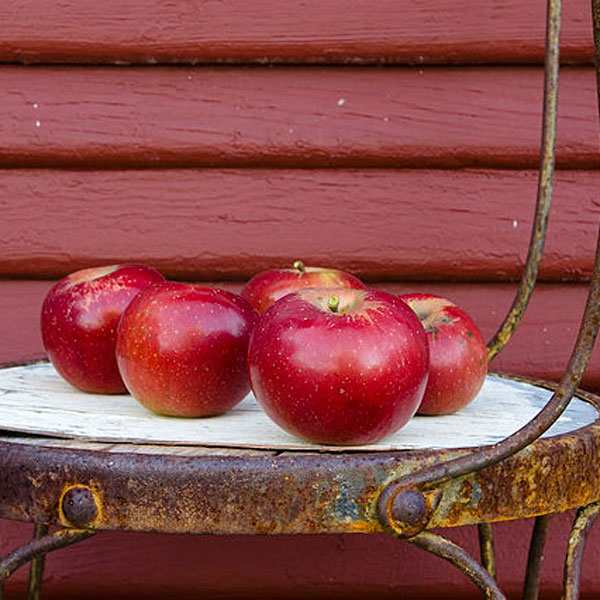
Making Apple Leather: FOUR STEPS
Step 1:
Peel and core apples. Any damaged or bruised areas should be cut away before cutting the fruit into smaller pieces for puréeing. Then, prepare the purée as directed, using one of the recipes below or your own combination. Cooked or raw apples can be used for leather. See recipes for raw and cooked variations.
Step 2:
Prepare trays or racks. Pour the purée onto a sheet, spreading it out into a circle or rectangle that is about ¼ inch thick; most dehydrator trays and full-size baking sheets will hold 1½ to 2 cups purée. Use the back of a large spoon to spread out the purée so the center is about ⅛ inch thick; the edges should be ¼ inch thick because the edges dry more quickly than the center.
Step 3 (for dehydrators and convection ovens):
Dry at 135°F until the leather can be peeled off the sheet without sticking. Turn the leather over and continue drying; for speedier results, place the turned leather onto another tray or rack lined with a screen rather than a solid sheet. When properly dried, leather should be flexible and dry to the touch, with no sticky spots; it should remain flexible. Total drying time generally ranges from 6 to 15 hours, depending on the moisture content of the purée and the efficiency of your dehydrator or oven.
Step 4:
Transfer the leather while still slightly warm to a sheet of plastic wrap large enough to hold the entire leather. Roll up the leather and wrap together, twisting the ends. Label clearly and store wrapped leathers in tall glass jars or other canisters. Leather can be kept at room temperature for many months but may also be stored in the refrigerator to maintain a fresher flavor; bring to room temperature before eating.
Ready to try your own? Here are my recipes for raw, cooked, and maple-kissed apple leather. Happy apple season!
Raw Apple Leather
Makes 1½ to 2 cups of purée
Ingredients
- 2 cups peeled, cored, and chopped apples
- ½ cup apple cider
- ¼ teaspoon ground cinnamon
Directions
Combine the apples, cider, and cinnamon in a blender. Process until smooth.
Spread the purée on a solid liner sheet and dry as directed.
Cooked Apple Leather
Makes 1½ to 2 cups of purée
Ingredients
- 4 medium apples, peeled, cored, and cut into 1-inch chunks
- ½ cup water
- ¼ cup honey or maple syrup
Directions
Combine the apples and water in a medium nonreactive saucepan. Cook over medium heat until tender, stirring occasionally.
Process through a food mill or wire-mesh strainer. Stir in the honey.
Spread the purée on a solid liner sheet and dry as directed.
Maple-Kissed Apple Leather
Makes 1½ to 2 cups of purée
Ingredients
- 3 large Granny Smith or other tart apples
- 5 tablespoons pure maple syrup
- 1 tablespoon apple juice or orange juice
- ½ teaspoon vanilla extract
Directions
Peel and core the apples, and then cut into ½-inch chunks.
Combine the cut-up apples with the maple syrup, apple juice, and vanilla in a nonreactive saucepan. Cover and cook over medium-low heat, stirring frequently, until the apples are very soft, about 10 minutes.
Process in a food processor until smooth, or through a food mill or wire-mesh strainer.
Spread the purée on a solid liner sheet and dry as directed.
EXCERPTED FROM THE BEGINNER’S GUIDE TO MAKING AND USING DRIED FOODS © TERESA MARRONE.
